The Fourth Summit of the Community of Latin American and Caribbean States (CELAC) and the European Union (EU), to be held in Santa Marta, comes at a decisive moment for redefining cooperation between the two regions as they seek trade allies amid trade wars and tariffs.
(Lea este artículo en español aquí)
LEA TAMBIÉN
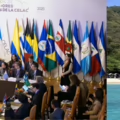
The meeting, which will bring together heads of state, ministers, multilateral organizations, and business representatives with the aim of updating the 2025–2027 bi-regional roadmap, will focus on the triple transition (energy, digital, and environmental), health self-sufficiency, food security, and gender equality.
According to Eurostat data, trade between Latin America, the Caribbean, and the European Union exceeds €200 billion annually, while total trade in goods and services reached €395 billion in the period 2022–2023, representing 45% growth since 2013.
Foto grupal de los representantes de la Celac y China. Foto:AFP
The European Union is Latin America and the Caribbean's third largest trading partner and the main source of foreign direct investment (FDI), with more than €741 billion invested in sectors such as energy, infrastructure, telecommunications, agribusiness, and education.
For their part, Latin America and the Caribbean are the EU's fifth largest trading partner, demonstrating a stable and mutually dependent relationship. In recent years, the European bloc has promoted its Global Gateway Agenda, an investment plan for ecological and digital transition that allocates more than €45 billion to sustainable projects in the region.
LEA TAMBIÉN
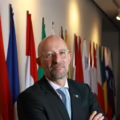
The Colombian opportunity
Between January and August 2025, Colombian exports to the European Union totaled $4.19 billion, representing a 33.6 percent increase over the same period in 2024, according to figures from Analdex. This increase reflects both the recovery of foreign trade and European demand for energy, coffee, and agricultural foods.
“Colombia's exports to Europe are heavily concentrated in mining and energy products. That's where the opportunity lies: diversifying sales towards agro-industrial goods and processed foods,” said Javier Díaz Molina, president of Analdex. “We must make progress in phytosanitary standards and good agricultural practices if we want to take advantage of the preferential access we have with the European Union,” added the executive.
The growth in non-traditional exports suggests a gradual shift towards value-added products, especially in agribusiness, light manufacturing, and healthy foods, sectors that Europe is promoting under its new sustainable consumption strategy.
Comercio Foto:Vanexa Romero. EL TIEMPO / Gobernación del Huila / Invías
Colombia's export performance to the European Union during 2025 has been marked by a recovery in energy, agricultural, and value-added products. According to official data, Ecopetrol S.A. led the ranking with exports worth $493 million, an increase of 610 percent compared to 2024.
The National Federation of Coffee Growers recorded an increase of 118.9 percent, and Sucafina Colombia S.A.S., a company specializing in differentiated coffees, grew by 128 percent, consolidating Colombian coffee beans as the second most exported product to Europe.
Among the main export items, unroasted coffee stands out, selling US$1.062 billion, a growth of 98.6 percent, followed by crude petroleum oils with US$469 million and a growth of 578 percent, and in third place is Cavendish bananas with US$527 million and a growth of 6.2 percent.
In fourth place is palm oil, which sold $144 million and grew by 209 percent, and in fifth place is fresh Hass avocados with $111 million and an increase of 8.8 percent.
Santa Marta celebró 500 años de fundación con un concierto en su bahía. Foto:ALCALDÍA DE SANTA MARTA
According to Díaz, these products reflect both the traditional strength of the mining and energy sector and the growing potential of Colombian agricultural exports.
The European bloc remains a strategic destination for Colombian exports. The Netherlands tops the list of destinations with $1.392 billion and growth of 72.5 percent, followed by Belgium, Germany, and Spain, which together account for more than 70 percent of total exports.
These countries operate as logistics hubs for entry into the European market, with Rotterdam and Antwerp serving as key nodes for the redistribution of products to the rest of the continent.
In terms of departments, Antioquia remains the leading exporting department with US$980 million and growth of 6.3 percent, followed by Bogotá D.C. with an increase of 41.8 percent and Magdalena, which recorded an increase of 28.1 percent thanks to the dynamism of the port of Santa Marta, reinforcing its role as a strategic logistics center in the Colombian Caribbean.
Exportaciones Foto:Carlos Arturo García M.
The concept of triple transition—energy, digital, and environmental—will be one of the focal points of the Santa Marta summit. For Latin America and the Caribbean, it represents an opportunity to attract investment in renewable energy, green hydrogen, rural electrification, digital connectivity, clean technologies, and biodiversity.
In particular, Colombia can position itself as a strategic partner for Europe in decarbonization and digitization, thanks to its hydroelectric potential, its leadership in non-conventional renewable energies, and its progress in artificial intelligence projects applied to the productive sector.
European trade policy toward Latin America responds not only to economic interests, but also to geopolitical ones. Amid tariff wars, technological tensions, and rivalry between powers, the EU seeks to reposition itself as an autonomous actor capable of promoting trade based on sustainability and democratic values.
The EU-Mercosur agreement, progress with Mexico, and negotiations with India and the Philippines are all part of a strategy of open strategic autonomy. As Pedro Sánchez, President of the Spanish Government, recalled during the UN General Assembly, “strengthening transatlantic trade is essential for a balanced international order.”
The European strategy of approval in two phases (an Interim Trade Agreement and then the Global Agreement) reflects the urgency of offering tangible benefits to Latin American economies without sacrificing internal democratic debate.
The push to strengthen relations with Latin America is part of the new European trade strategy, which seeks to reduce dependence on China and the United States. The European Commission has vigorously resumed negotiations on agreements with Mexico, Indonesia, India, the Philippines, and the United Arab Emirates, in addition to the historic treaty with Mercosur, which covers a market of more than 700 million consumers.
According to Commission data, European exports to Mercosur could increase by 39 percent, reaching €49 billion annually, with an estimated savings of €4 billion in tariffs. For the EU, the agreement means access to critical raw materials, strengthened supply chains, and opportunities for the automotive, pharmaceutical, technology, and agri-food sectors.
For Latin America, it represents greater access to capital, technology, and investment, along with cooperation in green and digital transition, in line with the Global Gateway Agenda, which allocates more than $45 billion to sustainable projects in the region.
Editor's note: This text is an artificially intelligent English translation of the original Spanish version, which can be found here. Any comment, please write to berdav@eltiempo.com
Más noticias
LEA TAMBIÉN

LEA TAMBIÉN

.png) hace 16 horas
3
hace 16 horas
3
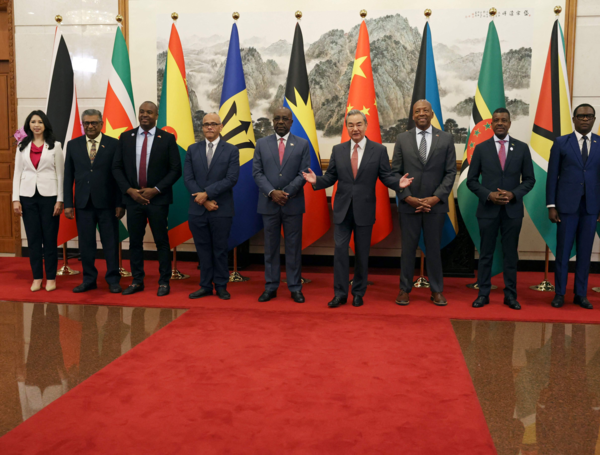


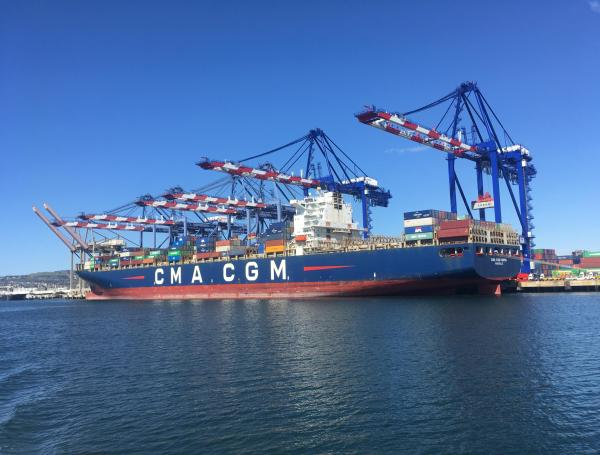


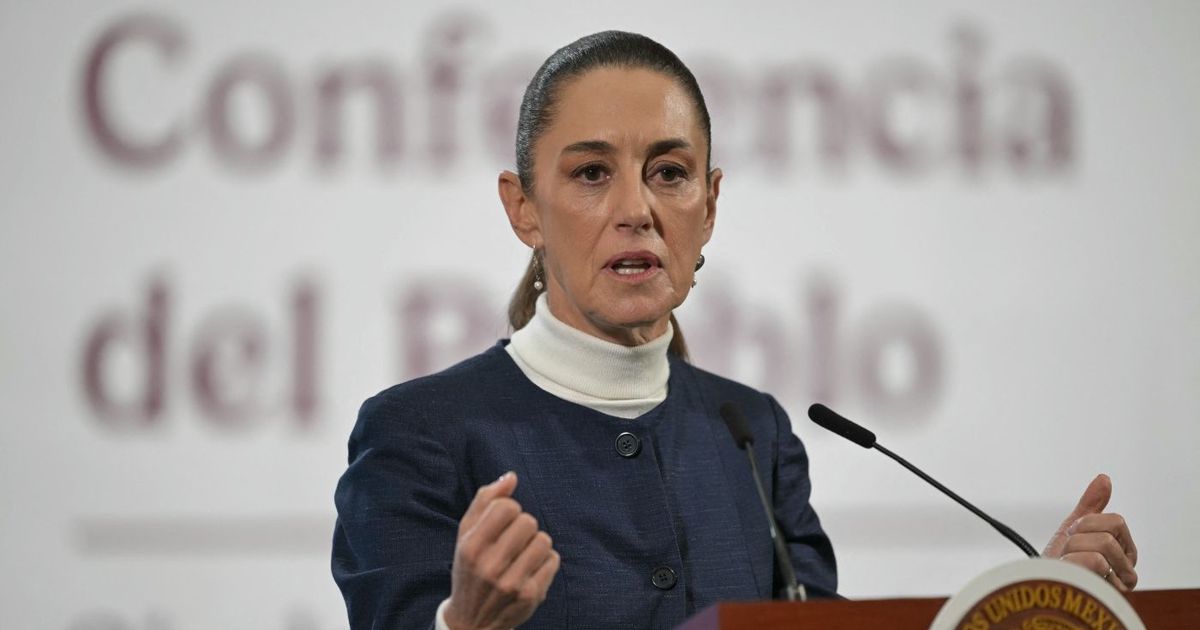
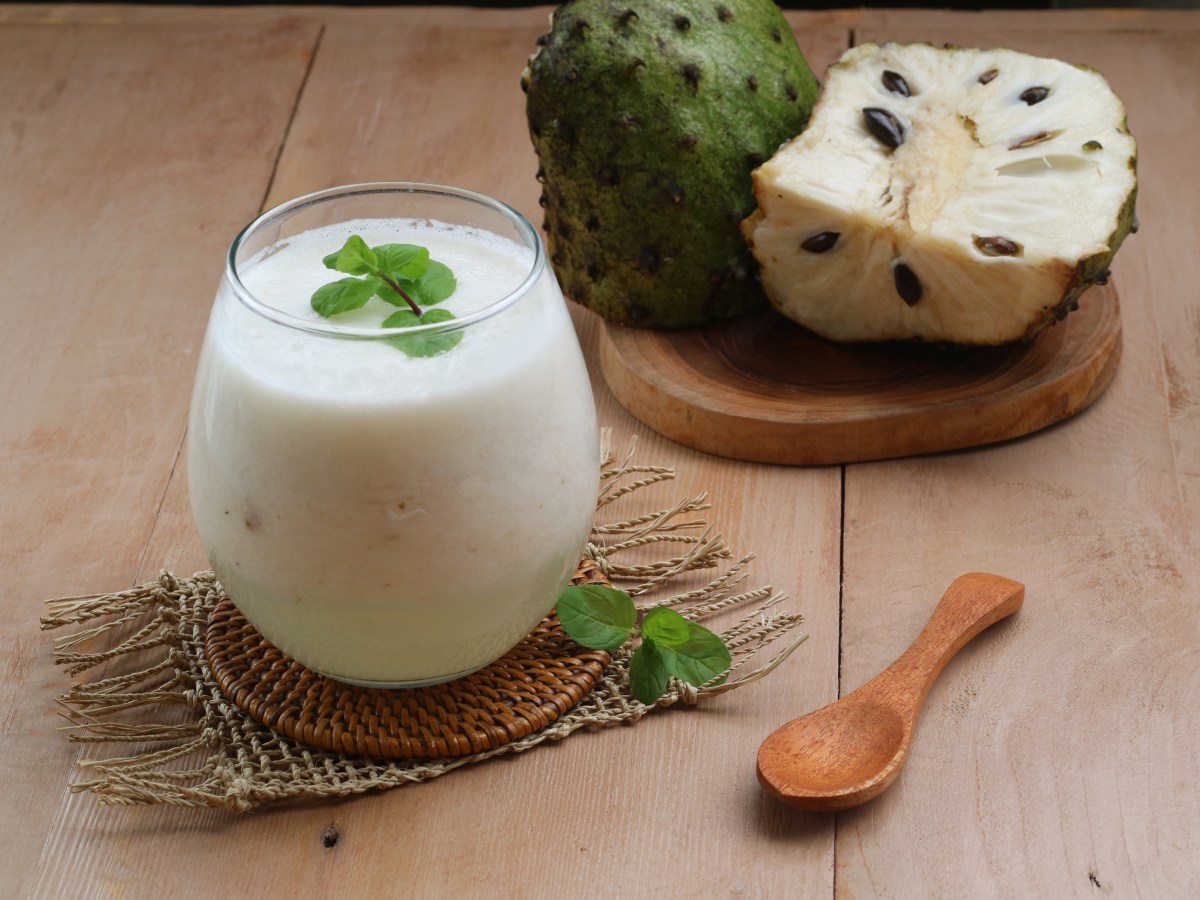



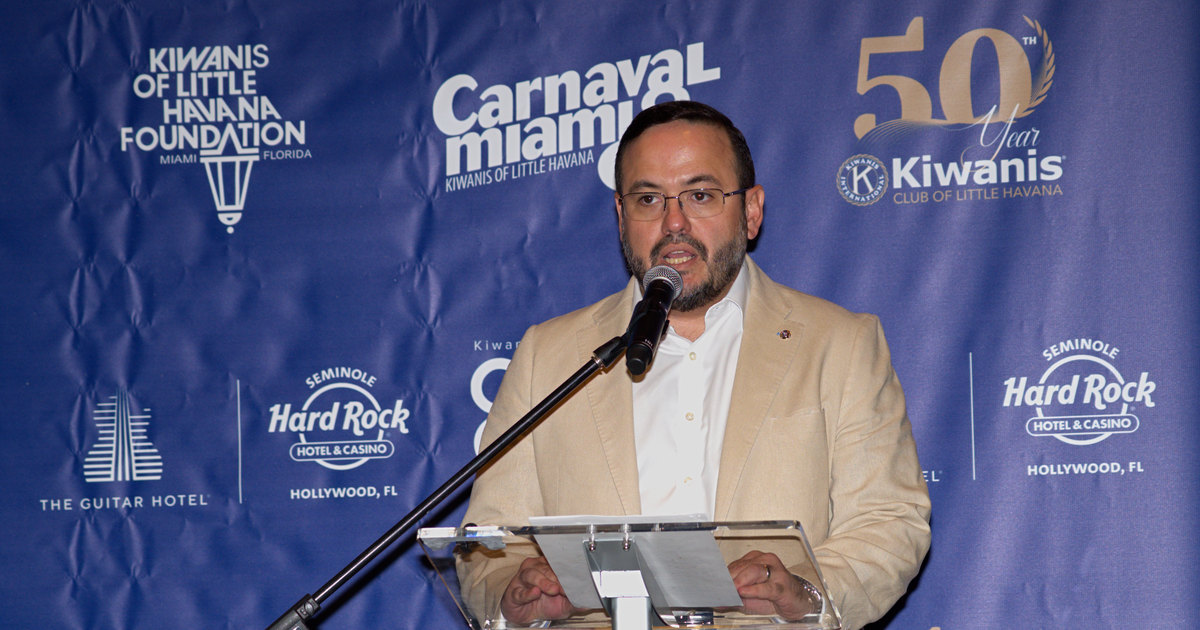
 English (US) ·
English (US) · 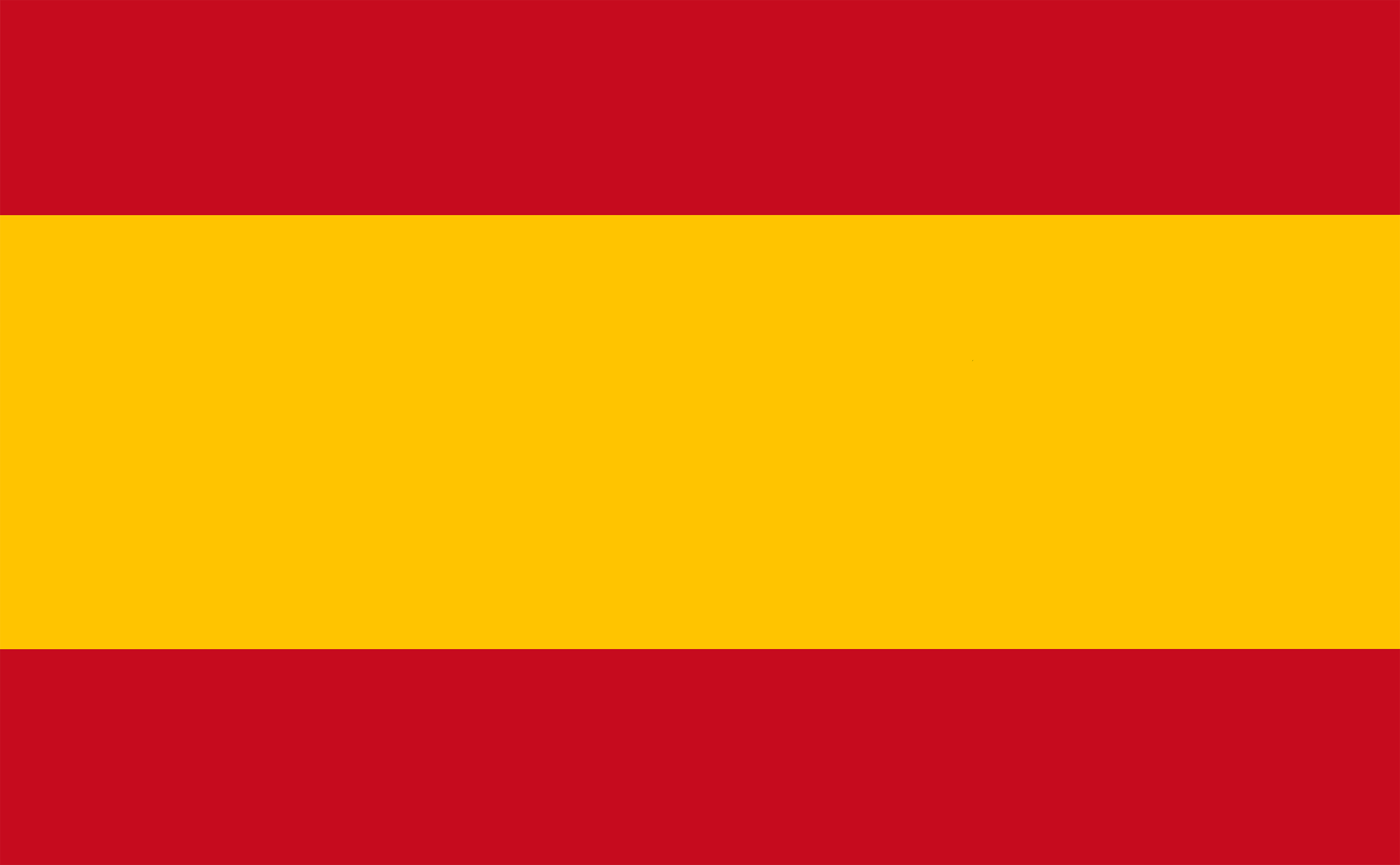 Spanish (ES) ·
Spanish (ES) ·